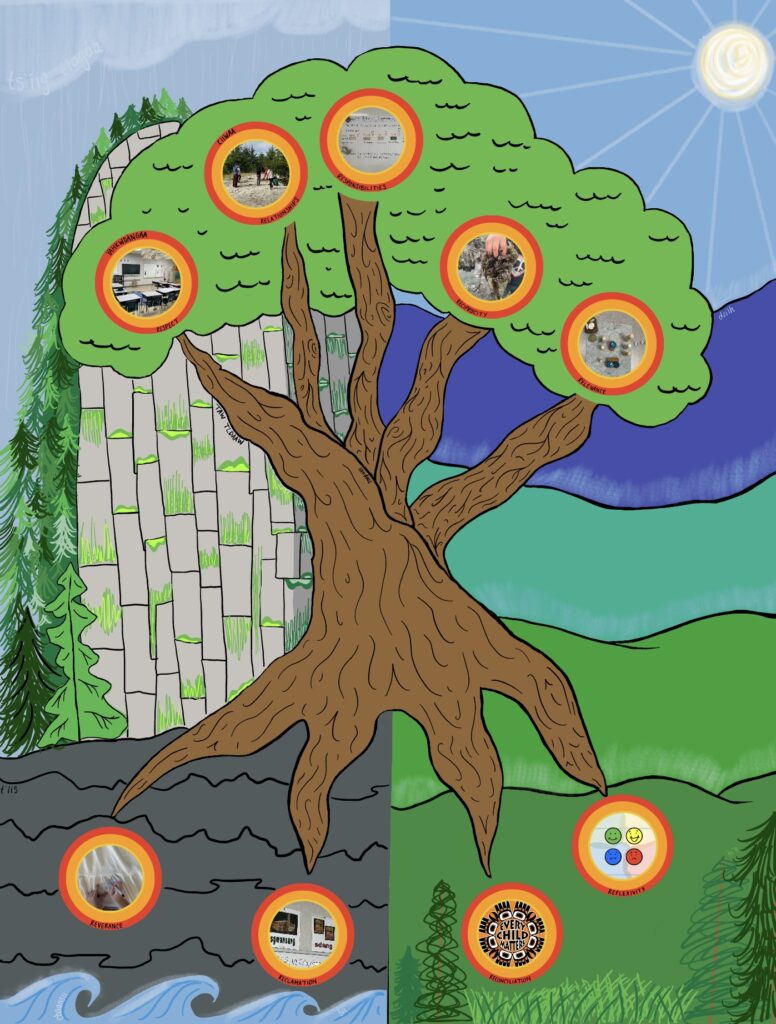Standard 3
There are specific benchmarks of development that educators can use as a reference to either meet their students where they are at or have an idea of where students should be in their learning journey. When we understand this both academically and socially, we can better empathize with our students and understand why they may be progressing or acting certain ways in our classrooms. Having this knowledge makes us stronger educators and helps us determine what the next steps are in ensuring that our students are successful.
Although the benchmarks are in place as a guideline it is important to acknowledge that not all students have reached where they are “supposed to be.” Every student has a different identity and different needs that we must cater to in our practice. We want our students to be able to solely focus on the learning rather than worrying about barriers that could potentially stand in their way. An element of meeting students where they are at is acknowledging their individuality, recognizing their cultural identity, and embedding representations in authentic ways through course content and classroom design.
We want to create an environment in which they can thrive as learners and as people. Taking our students growth and development into consideration will help us decide on best practices for teaching a lesson and structuring classroom procedures. Applying this knowledge to our practice provides the opportunity for our students to feel successful in their learning journey.
During practicum I had the opportunity to attend a Professional Learning Community Meeting with other educators in School District 54. That particular day teachers were discussing a time in their practice where they shifted, pivoted, learned, and how they acted upon this aiming for improvement. The conversations that I witnessed and was a part of reminded me of the Spiral of Inquiry and this was met with collaboration from other educators.
The discussion revolved around what was formerly done, what worked, what did not work, and how to modify to work with the curriculum and for the overall development of the learners. An artifact that was brought forward was an rubric from when the core competencies were first being introduced. The educator that presented on this discussed how this was the first attempt at incorporating the core competencies and how they pivoted when students were not assessed on core competencies later on. In this transition towards core competencies as the curriculum changed, reflection was required and changes were made to work with student development.







